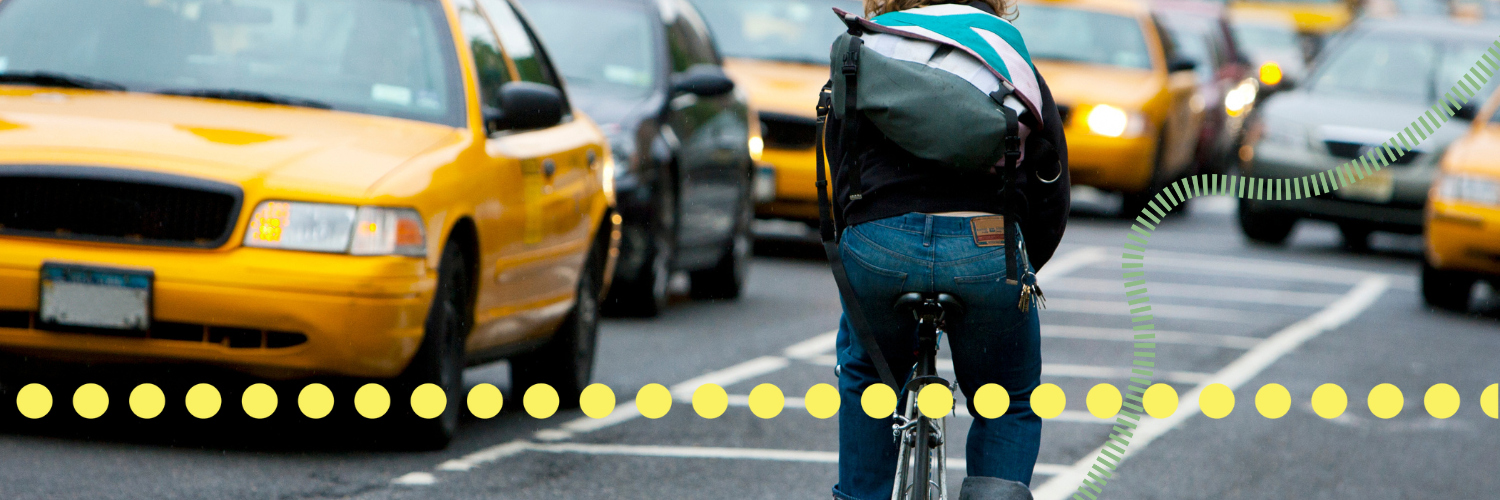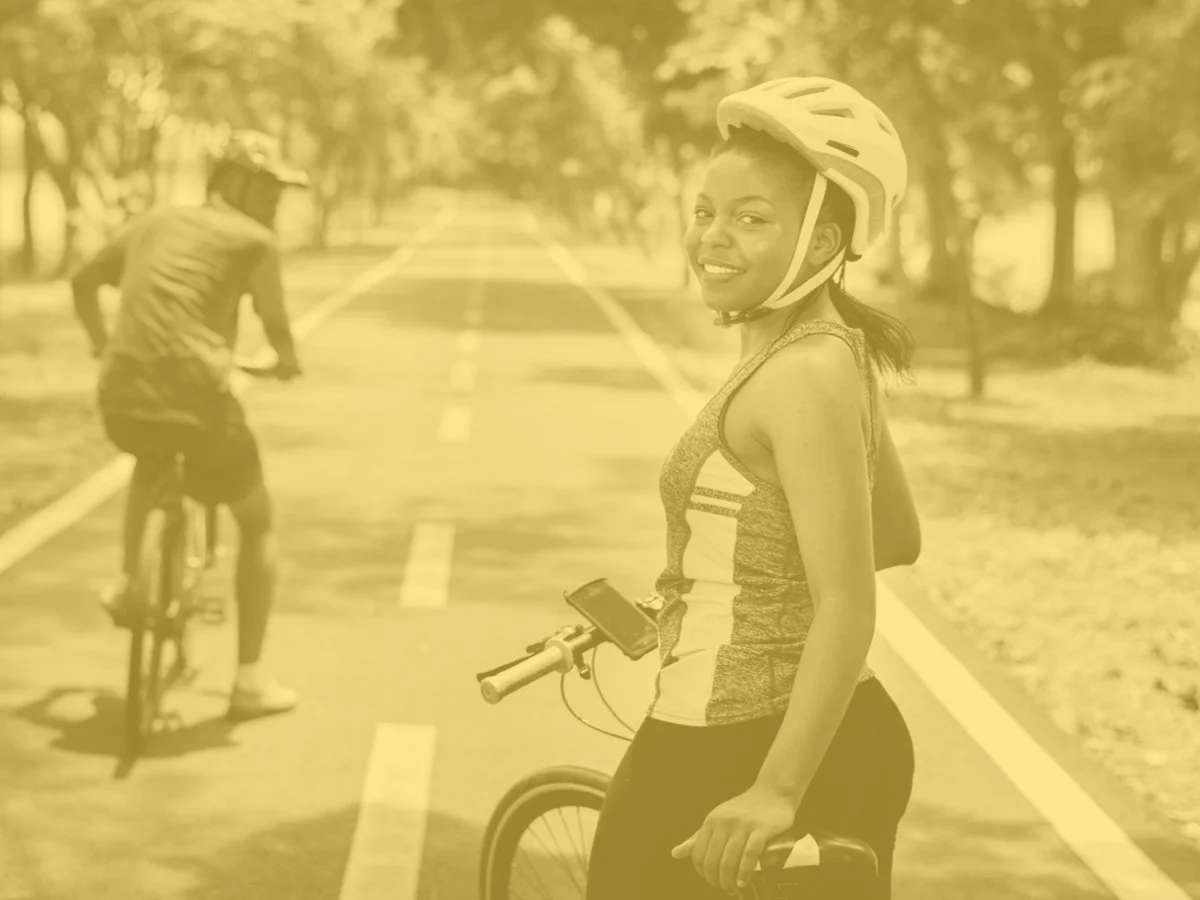
Personalized transportation planning to help you save money and reduce your carbon footprint.
HOW IT WORKS
TELL US ABOUT YOURSELF
What motivates you, how you get around, and where you live and work.
YOU CHOOSE
You decide which strategies work for you
RECOMMENDATIONS
We recommend strategies to help you meet your goals.
FOLLOW UP
We check in to see how you’re doing
Upcoming Events







